Clash of the classics: SNES Classic Mini vs Sega Mega Drive Classic vs Atari Flashback
It's the clash of the classic consoles, and only one can emerge victorious.
For as much stock as the video games industry places in fancy graphics and new technology, there's plenty of life left in the simpler times of gaming's past. The popularity of pixel art and HD remakes is evidence of this. Revisiting the games of yore succeeds not only as a nostalgia trip for veteran gamers but as a way of introducing newcomers to experiences they were too young to enjoy the first time around.
It's little surprise, then, that the launch of Nintendo's NES Classic Mini proved so monumentally popular that it overloaded the servers of retailers selling it. After all, Nintendo's business model is built on its rich legacy, with plenty of characters and franchises from the 80s and 90s still going strong to this day.
Being able to go back and experience the original Mario Bros. after having played something like New Super Mario Bros. is a real kick, both for first-timers and for those who were there when the Nintendo Entertainment System originally redefined what video games could be.
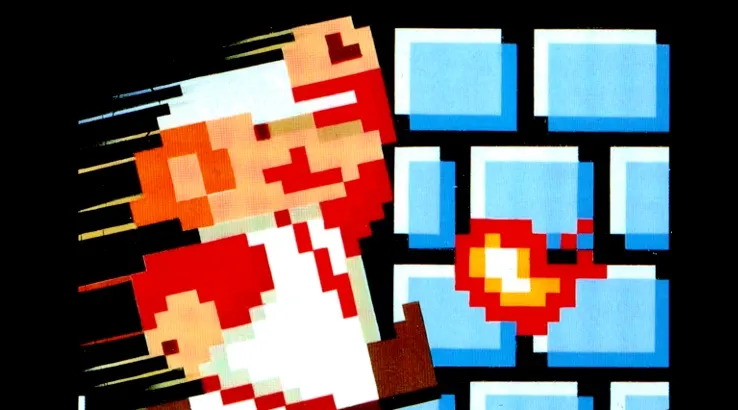
The NES Classic's popularity has proven that there's ample demand for faux-classic consoles that are simple to set up, easy to use and don't cost an arm, a leg and an unborn child. Nintendo has noticed this as well, which led to their announcing a SNES Classic Mini for release this September. Other companies, most notably the retro console manufacturer AtGames, have noticed this as well.
While AtGames has been selling its line of Atari and Sega Flashback consoles for many years now, Nintendo's recent success has spurred the company to double down on its marketing and announce a new range of HDMI-compatible consoles for release alongside SNES Classic this September. That means we're looking at three new classic consoles hitting just in time for Christmas: the SNES Classic, the Atari Flashback 8 and the Sega Genesis Flashback/Classic.
The question is: which of these systems is most worth your money? Let's run down the key factors.
The games
The number-one concern for any console, new or old, is games. No matter how powerful, how cheap or how user-friendly it might be, a console without a solid games line-up is doomed to fail.
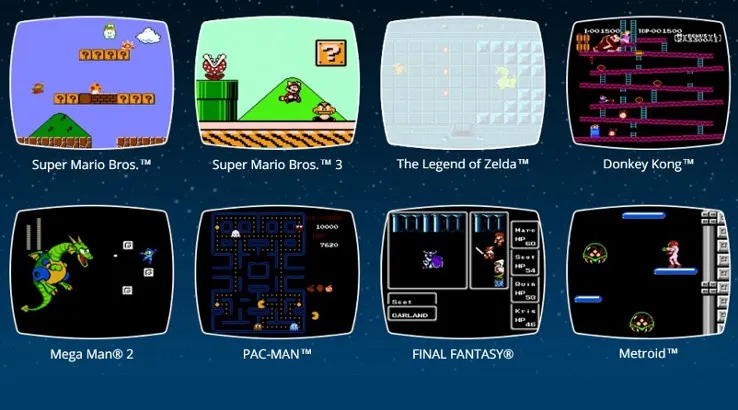
Since the NES Classic has already proven its worth, we'll use that as the yardstick. Thirty games come pre-installed on the system, and there's no questioning their pedigree as the cream of the NES crop.
Some of the games include Super Mario Bros. 1-3, The Legend of Zelda, Metroid, Dr. Mario and Final Fantasy—each a standout title well deserving of its place in the NES Classic's library.
While there are a few omissions it would have been nice to see, such as Blaster Master and DuckTales, what's there is tough to fault.
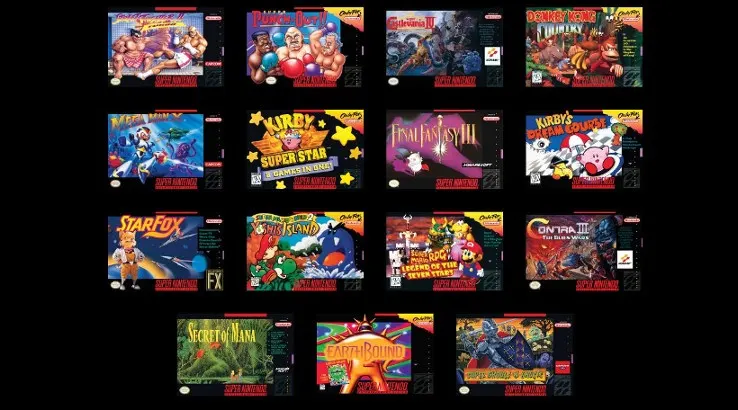
Moving onto the SNES Classic, it's hard not to feel a little short-changed at first by its smaller 21-game line-up. Once you consider the calibre of the titles on offer, though, it's clear that you're getting plenty of bang for your buck. The biggest names of the SNES era are all represented here: Super Mario World, Super Metroid, F-ZERO, Yoshi's Island and The Legend of Zelda: A Link to the Past. In fact, of the 21 games, just two fall outside the realm of certified classic: Kirby's Dream Course, a decent but not great mini-golf game; and Star Fox 2, the previously unreleased space shooter that was never actually finished. Unless Nintendo has put development work into Star Fox 2, it's unlikely to be more than a neat curiosity.
Of course, there are plenty of phenomenal SNES games that didn't make the SNES Classic's roster, but considering the size of the Super Nintendo's library, it'd be unfair to expect the Classic to cover every single gem released for the system—not at its $119.95 price point, anyhow. Still, a few absences, such as Chrono Trigger, NBA Jam, Mortal Kombat II and Final Fight, are particularly disappointing. Then again, maybe Nintendo is saving them for a SNES Classic 2.0. We've already compiled our list of classics we'd love to see on such a machine.

At first glance, the Atari Flashback 8 appears to have a significant leg up on both the NES and the SNES Classic in the games department, bundling 105 titles into its base model and 120 into the Atari Flashback 8 Gold. Quality is far more important than quantity, though, and it's here where the Atari Flashback 8 stumbles hard. The vast majority of games on offer are throwaway experiences like Backgammon, Video Chess and Hangman. These are the kind of games you'll try once and never go back to. Only a handful are worth revisiting, such as Frogger, Centipede and Space Invaders, and since these are classics that are available on countless other systems for far less than the Atari Flashback's asking price, it's hard to justify buying the system even for the sake of nostalgia.
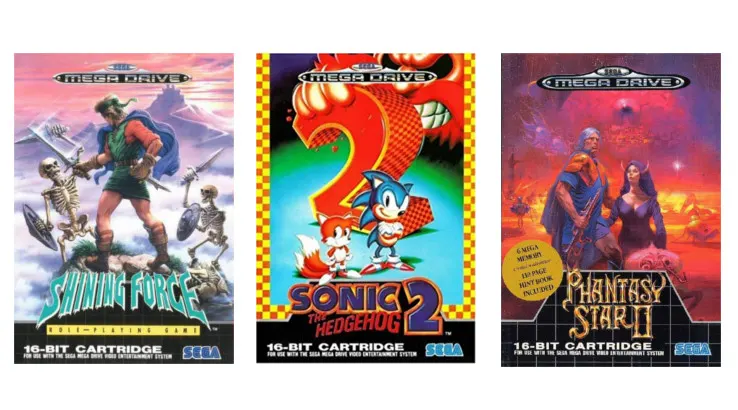
The Sega Mega Drive Classic and its HD-compatible sibling Sega Mega Drive Flashback are similarly jam-packed with games, sporting 81 and 85 titles respectively. Unlike the Atari Flashback, though, a good chunk of the games deserve more than a cursory glance. From the deep RPG adventuring of Phantasy Star II to the brutality of Mortal Kombat to the raft of obligatory Sonic The Hedgehog games, there's more than enough meat on the Mega Drive Classic's bones to warrant the cost of entry.
That's not to say the roster is flawless. There's still plenty of filler here, from Checker and Chess to Flash Memory and Whack-A-Wolf. Cutting out all the fluff, you're looking at a little over two dozen true "classics".
Even then, the line-up fails to match the quality of the NES Classic or the SNES Classic. Unless you're a die-hard Sega fan, Nintendo's got the clear edge on the games front.
The hardware
A big part of the appeal of faux-classic consoles is how they combine old-school looks with updated hardware, simplifying the normally arduous process of hooking up 20-plus-year-old consoles to modern TVs. It's crucial, then, that the hardware supports all the modern conveniences we've come to rely on in recent years.
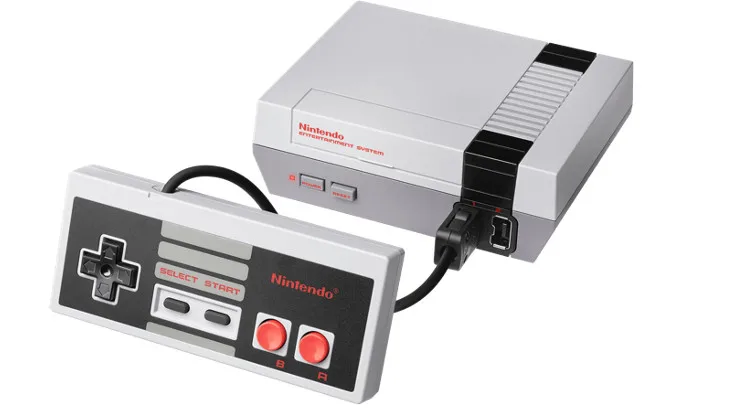
The NES Classic gets this right with its HDMI port for 720p video output to virtually any TV manufactured in the last ten years. It even comes with an HDMI cable bundled in to get you up and gaming as quickly as possible.
Perhaps the most valuable feature, though, is the ability to suspend any of its games at any point and resume it later. Given how nefarious the save systems in many older games were, this is a godsend.
Unfortunately, the NES Classic does have a few shortcomings in the hardware department. The worst is the miserably short cable for the one controller that is included: at just three feet in length, you have to sit right next to the console to play it. Switching games is a hassle, too, as you have to hit the reset button on the console itself rather than selecting the option in a menu. It's also frustrating that the console doesn't come with a USB power adaptor despite requiring one to function. Having to provide or purchase separate hardware feels like a cheap move by Nintendo.
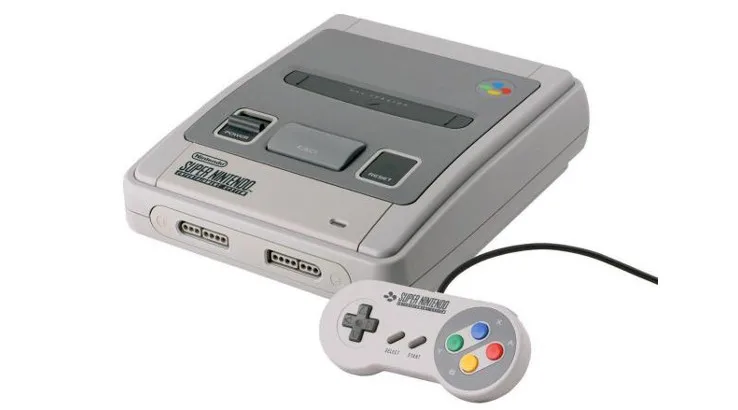
The SNES Classic mirrors many of the hardware features of the NES Classic, supporting 720p video output over HDMI and retaining the ability to save and suspend any game whenever you like.
Even better, it includes two SNES controllers instead of the NES Classic's lone NES controller, and the cable length has been increased from three to five feet—not a monumental improvement, but an improvement nonetheless. It still doesn't come with the required USB power adaptor, though, which is disappointing.
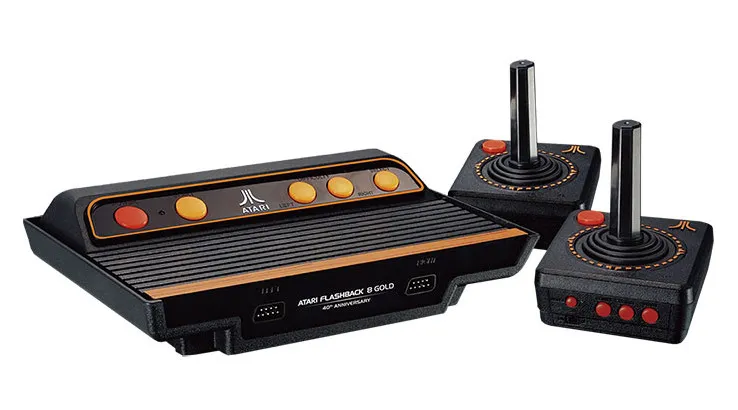
Like its lacklustre games line-up, the Atari Flashback 8's hardware leaves a lot to be desired. The base model features no HDMI support, instead outputting its video over RCA composite cables, which it doesn't include. You better hope you have a set lying around and that your TV has composite ports at all. On the upside, the Atari Flashback 8 does include two wired joystick controllers and a power adaptor.
Fortunately, the Atari Flashback 8 Gold makes a few key improvements on the hardware end to bring it up to par with the NES Classic and SNES Classic. It adds support for 720p video over HDMI, along with enabling a suspend/resume save feature for all games in its line-up. Both an HDMI cable and a power adaptor are included, and the two bundled joystick controllers are wireless instead of wired, which is a nice bonus.
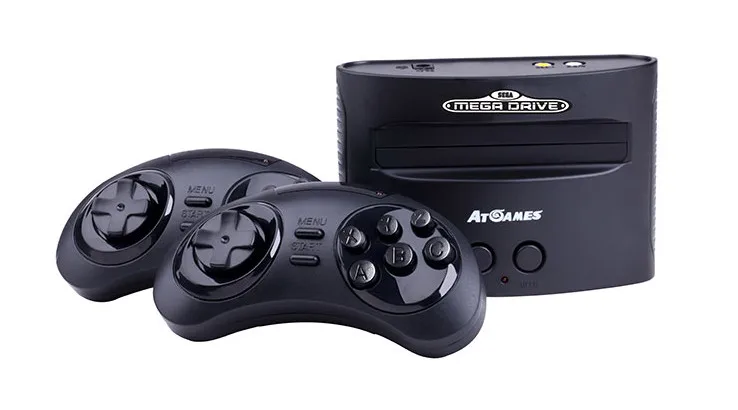
Both the Sega Mega Drive Classic and the Sega Mega Drive Flashback follow the same hardware model as the Atari Flashback 8. The Sega Mega Drive Classic is limited to composite video output, does not include video cables and does not have a suspend/resume feature. It does come with two wired Sega Mega Drive controllers. The Flashback adds in 720p HDMI, an HDMI cable, suspend/resume support and two wireless controllers.
However, both Sega consoles do add in one other notable hardware feature: a cartridge slot for original Sega Mega Drive games. If you've got a stack of old Mega Drive games collecting dust somewhere in your house, it's a relatively cheap and easy way to play them on a modern TV.
The price
When Nintendo launched the NES Classic at the surprisingly reasonable price of $99.95, it set an expectation of value that all other faux-classic consoles now have to compete with. For slightly more than the cost of a new PS4 or Xbox One game, you could get 30 top-tier NES games along with the system and controller to play them with. It's an even better deal when you consider Nintendo charges upwards of $6.95 a piece for most of its classic titles on its eShop digital storefront.
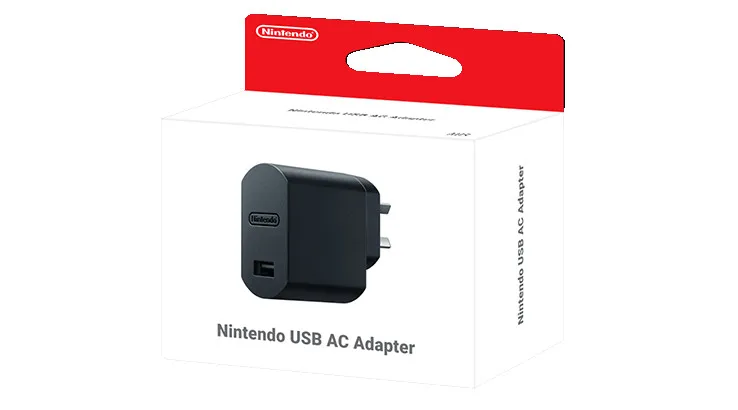
The SNES Classic is slightly less of an impulse purchase at $119.95, especially when you consider its smaller 21-game line-up. If you need to buy a USB power adaptor, that'll be another $19.95, too. Ultimately, though, its stellar roster and the inclusion of a second controller take most of the sting out of the price hike.
The same can't be said for any of the Atari or Sega systems. Both the Atari Flashback 8 and the Sega Mega Drive Classic are priced at what seems like a decent $99.95—decent, that is, until you remember that neither console supports HDMI nor comes with the composite cables it needs to connect to your TV. To get the same plug-and-play experience of the NES Classic or the SNES Classic, you'll need to fork out $149.95 for either the Atari Flashback 8 Gold or the Sega Mega Drive Flashback. Add to that their weaker games rosters and the value proposition drops even further.
The availability
Really, this is the only area where Nintendo's systems stumble. When the NES Classic launched, it was in such short supply that people were hocking them for upwards of $200 on eBay, and now Nintendo's discontinued production of the system completely.
You'd like to think the company has learned from that fiasco and that the SNES Classic's launch will go a lot smoother, but with Nintendo, you can never be sure.
As for AtGames and its Atari and Sega consoles, it's hard to know how simple they'll be to snap up. Supply issues haven't been a problem for AtGames before, but interest in faux-classic consoles has never been this high, either.
At any rate, it's probably going to be significantly easier to pick up an Atari Flashback than a SNES Classic come September.
The verdict
Frankly, it's not much of a contest. Both the NES Classic and the SNES Classic offer far more bang for your buck than the Atari Flashback or the Sega Mega Drive Classic/Flashback.
Nintendo's systems feature a more focused selection of games with less filler, their hardware packs more features and they work out significantly cheaper in a pound-for-pound comparison. Unless you're the staunchest of Atari or Sega fans, there's little reason to choose AtGames's consoles over Nintendo's.
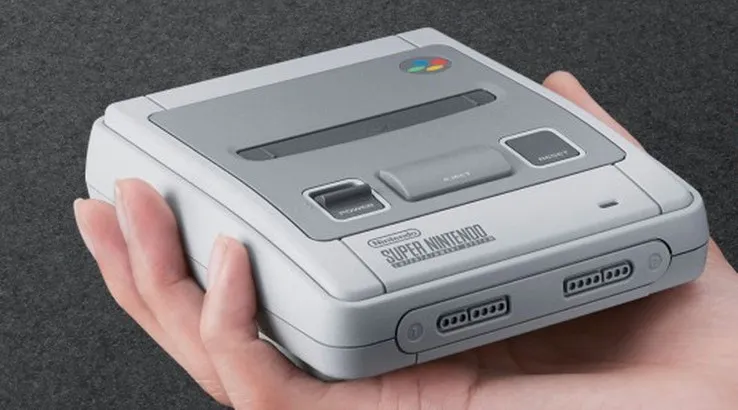
But which Nintendo system should you go with? That's easy: Nintendo isn't making any more NES Classics, so the only way to pick one up would be to sign over your life's savings to an eBay seller.
Even if the NES Classic was available, though, the SNES Classic is the superior system. Its games are grander, its controller cords are longer and, hopefully, you won't have to make a pact with the Devil to get your hands on one. For our money, the SNES Classic is the best faux-classic console on the market.

